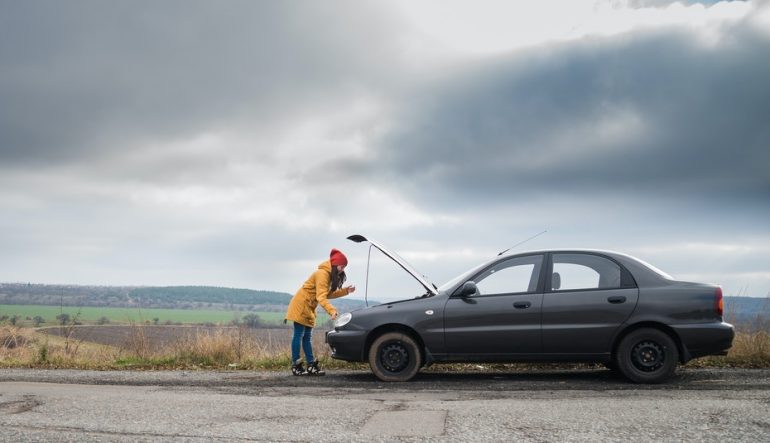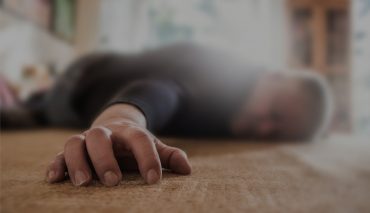If you’re looking for metaphors describing how a heart works, it’s hard to go past the idea that a heart is like a car. Typing that into Google will give you with more than 2.5 million references – including teaching aids for everyone from pre-schoolers to med students, loads of pop culture references, and more than a few love letters.
Like a car, our hearts need to be looked after in order to keep them in good working order. They also need to be checked over on a regular basis to make sure they’ll stay that way.
The analogy extends to help describe what happens when the heart stops working, as well.
Last week, you may have caught Katherine Faull’s interview with Monash University Ph.D. Scholar, Brian Haskins on his research into how early defibrillation and CPR helps people survive out-of-hospital cardiac arrest (OHCA).
About five minutes into that interview, Brian talks about what’s going on when a heart suffers a sudden cardiac arrest, and why CPR isn’t enough to address the problem.
“(CPR) doesn’t fix the cardiac arrest, but what it does do is circulate enough blood and oxygen to the brain and to the cardiac muscle, the heart muscle to keep it viable till the paramedics get there – or better still, till the public access defibrillator gets there.”
(And this is where the car analogy comes in:)
“What the heart needs is defibrillation. I think the best analogy I’ve heard of a heart attack and what defibrillation does is if you’ve got a really nice car and the engine is running smoothly, that’s your heart working normally.
“If the car stops for whatever reason and the electrical system goes wrong and you try to start it and you keep the starter motor engaged, the battery is running down and eventually it will, the battery will run out of power.
“That’s the same as your heart having electrical activity and it’s running out of electrical activity. The defibrillation needs to happen while the heart still has energy and what the defibrillator does, it’s very similar to just turning the key off and starting the starter engine again, so it’s stopping the whole motor and it’s letting it reset and start again.
“That’s why we need early defibrillation. For every minute that goes by, there’s a 10 per cent less chance of the heart starting again with defibrillation.
“So, if we can get defibrillators to people who collapse within the first three to four to five minutes with bystander CPR going on, they’re going to have a much higher rate of survival than if we just do CPR alone and wait for the paramedics to turn up in 10 minutes,” Brian said.
Brian’s 20-plus years in paramedicine and medical administration and training adds weight to these words. Although neither he nor we would recommend using a defibrillator to giving your broken-down Volvo a boost.



